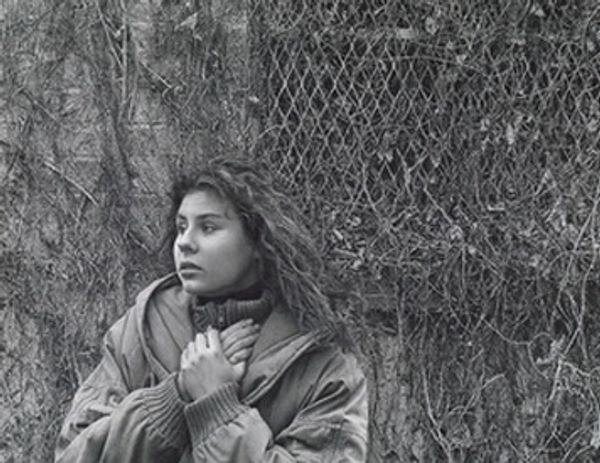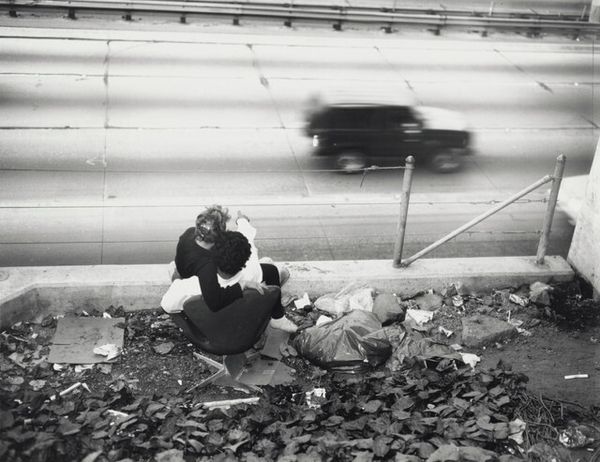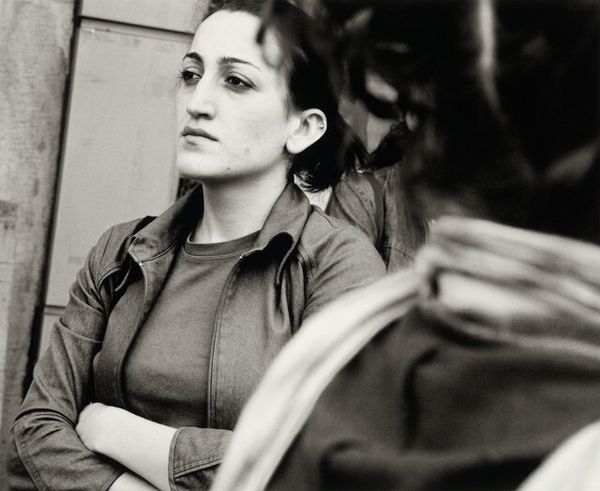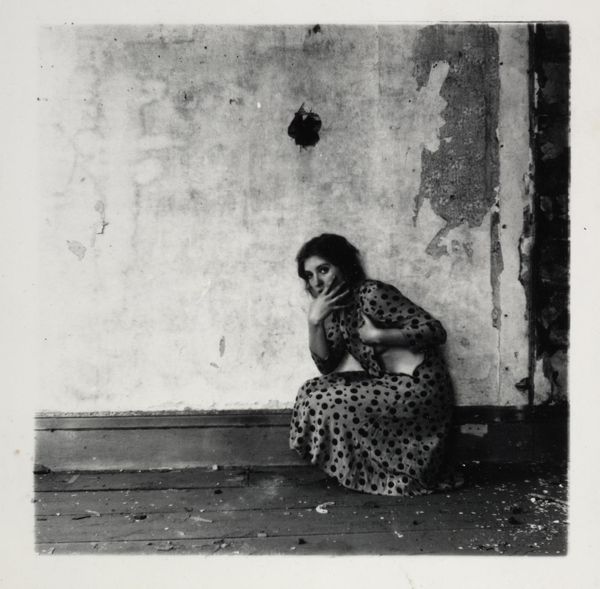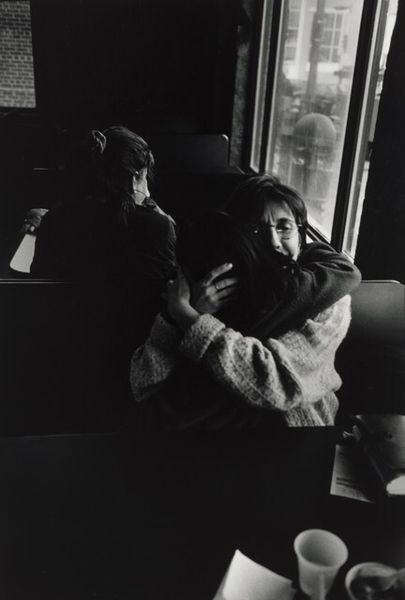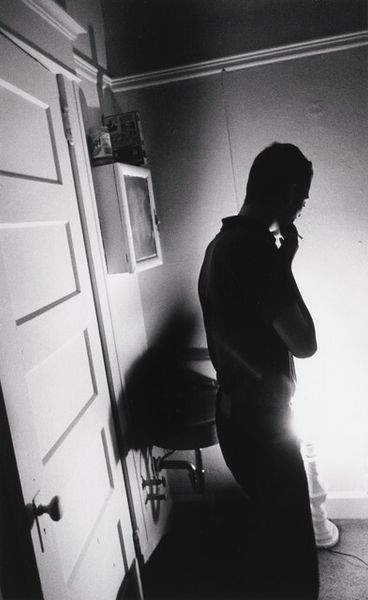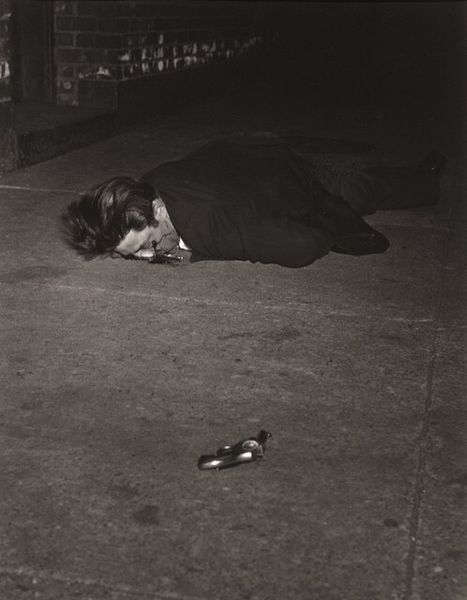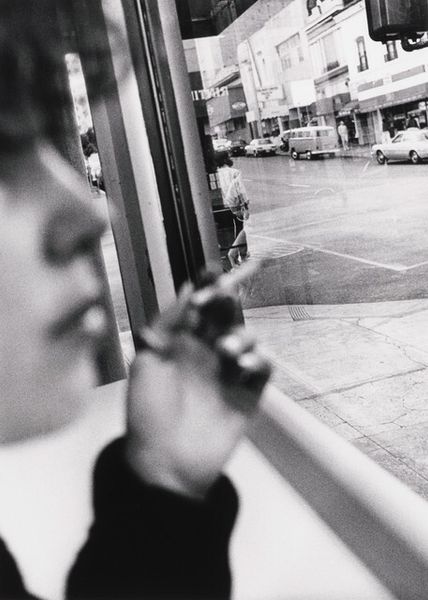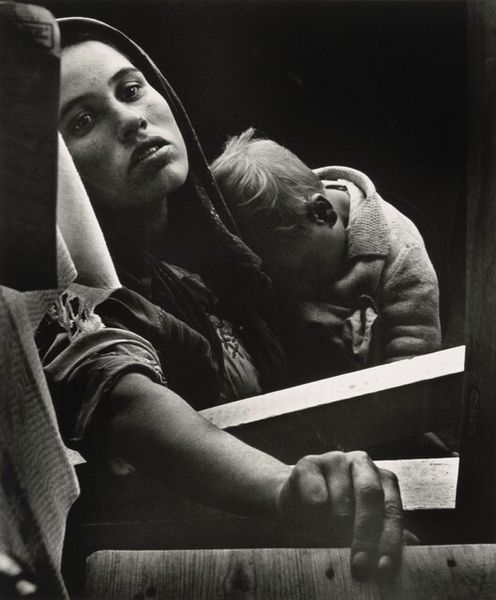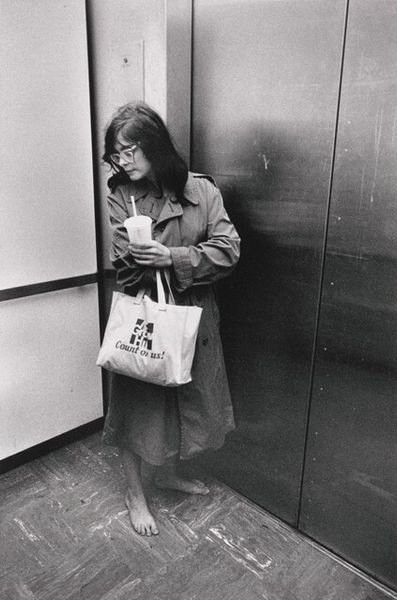
photography
#
portrait
#
street-art
#
street shot
#
street-photography
#
photography
#
historical photography
#
realism
Dimensions: image: 22.8 × 34.1 cm (9 × 13 7/16 in.) sheet: 27.6 × 35.4 cm (10 7/8 × 13 15/16 in.)
Copyright: National Gallery of Art: CC0 1.0
Curator: Mary Ellen Mark's "Lillie, Seattle," taken in 1983, presents us with a poignant slice of street life, rendered in stark black and white photography. Editor: There’s something so arresting about it. The bleakness practically seeps off the surface, doesn’t it? It feels raw, exposed, like a glimpse into a hidden world. Curator: Indeed. Mark was known for her commitment to documenting marginalized communities. Her work challenges the conventions around the depiction of social outsiders and particularly childhood. Editor: You can see it in the young girl’s expression – a mixture of defiance and vulnerability. And the way she's clutching that tiger, it speaks volumes about a need for comfort in what appears to be a very harsh environment. The tiger, by the way, has this fantastic sad-but-knowing grimace going on. I swear, it feels as emotionally weighted as the girl! Curator: The setting amplifies this sentiment. The graffiti-laden wall looms behind her, becoming a stark backdrop against her figure. It reflects urban blight and societal neglect. "DOPE," scrawled right behind her – there is nothing subtle about it! But it’s the ordinary and everyday combined with such explicit evidence of harm that packs the emotional punch. Editor: The composition’s amazing too. It’s off-center, lending this immediacy as if we’ve just stumbled upon this scene. The lighting emphasizes the texture – the wall's roughness, the wear on the girl’s coat, even the fuzziness of the tiger. Curator: Mark used realism to bring her subjects and their situations to the attention of the public. The aim was not just observation, but also instigating change. By showing viewers these images she forced the middle classes to question how institutions operated or failed, specifically to question the state of healthcare and welfare services. Editor: Knowing that deepens my connection to the image, makes me feel a kind of… responsibility. It reminds me that beauty can be found even in difficult subjects. And that sometimes the most powerful art is that which forces us to confront uncomfortable truths. Curator: Absolutely, a photograph as unvarnished as this stays with you long after you look away.
Comments
No comments
Be the first to comment and join the conversation on the ultimate creative platform.
